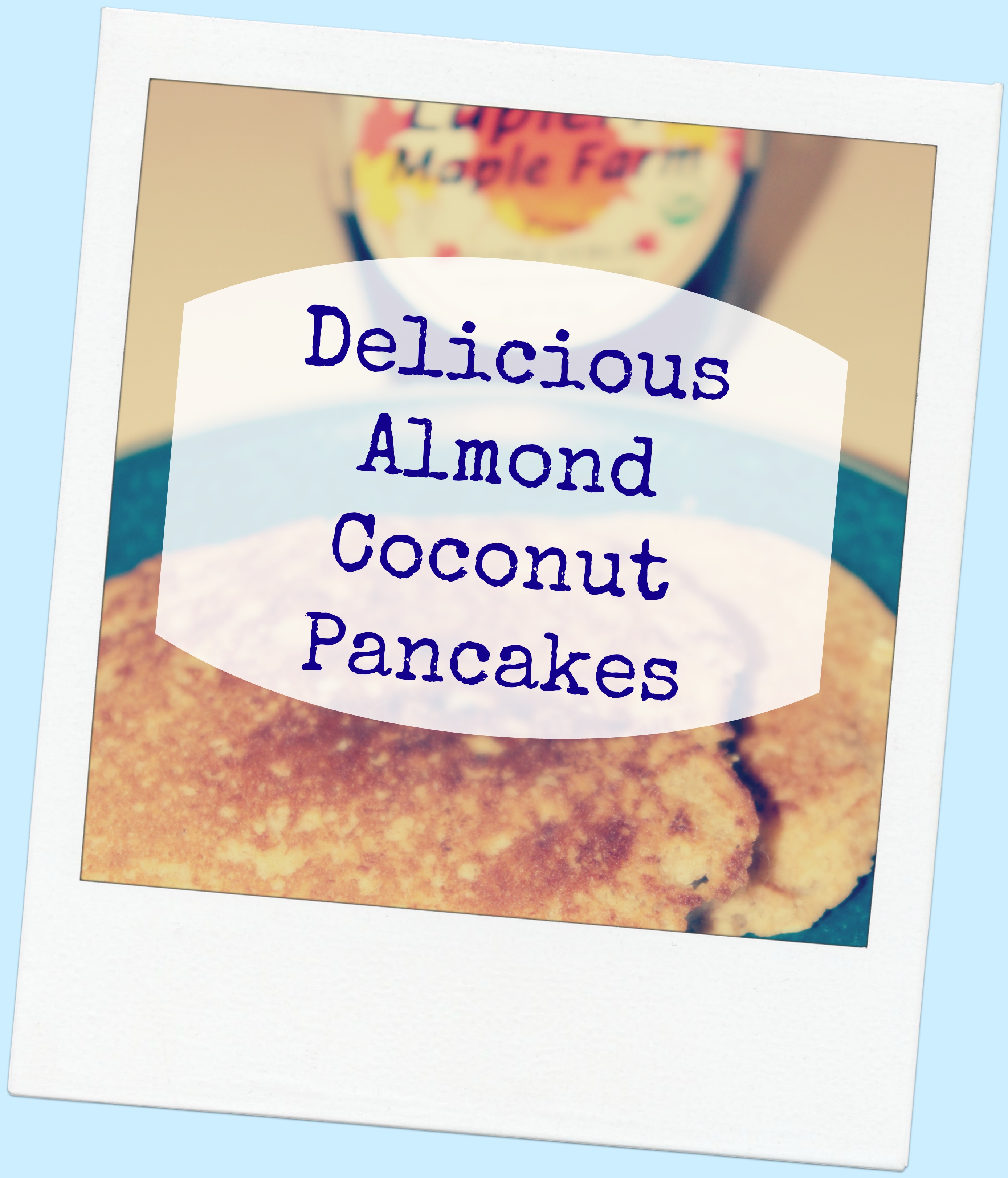I took my very favorite pancakes and re-invented it into this delicious healthy almond coconut pancakes recipe. The results are scrumptious! These are a great way to sneak nutritious ingredients into breakfast for picky kiddos. I now make the dry portion in bulk for my own super fast homemade baking…
Category: Coconut Oil
Chocolate Coconut Maca Muffins {Healthy Muffin Recipe}
These Chocolate Coconut Maca Muffins are a great healthy muffin recipe for kids to have on hand for busy school mornings. They are also a fun healthy snack option when you’re in a pinch….best of all your kids (or husband who eats like a kid) won’t be able to tell…
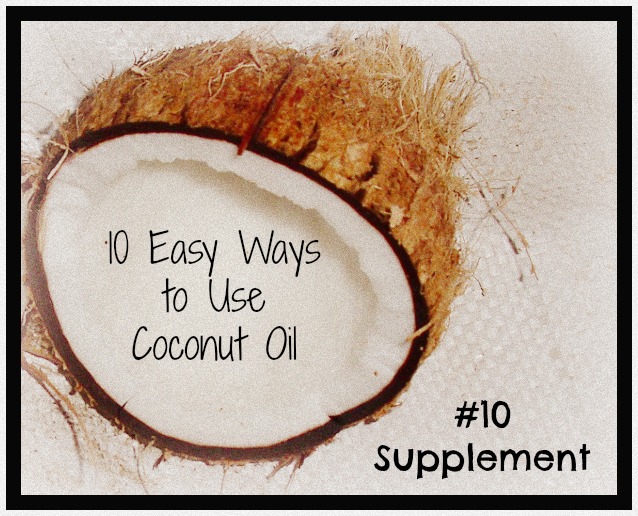
#10 – Coconut Oil Health Supplement {10 Easy Ways to Use Coconut Oil}
You may not believe this, but a coconut oil health supplement is a powerhouse of nutrition! The benefits of coconut oil are so plentiful that it’s worth incorporating this wonderful nutrition boost into your diet. Benefits of A Coconut Oil Health Supplement Coconut oil is a medium chain fatty acid…
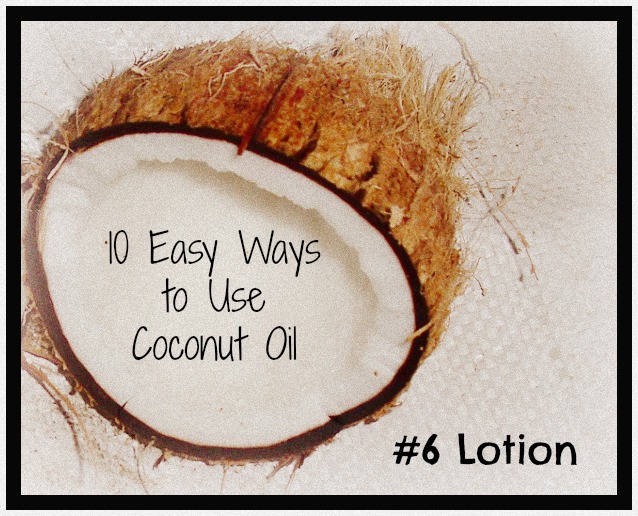
#7 – Coconut Oil Lotion {10 Easy Ways to Use Coconut Oil}
Sometimes the simplest things in life are the most effective, such as using coconut oil lotion for intense skin benefits. Did you know that coconut oil makes a really lovely stand in for regular lotion and in fact has WAY more benefits? Benefits of Using Coconut Oil Lotion…There are SO…
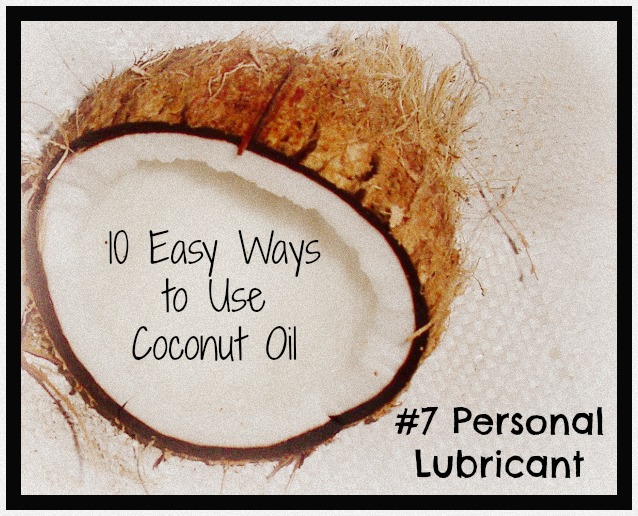
#6 – Coconut Oil Personal Lubricant {10 Easy Ways to Use Coconut Oil}
A coconut oil personal lubricant…are you rubbing your eyes and wondering if you read that right? Yep, I said it…you can use coconut oil as a personal lubricant in place of all those (really gross and really synthetic) bottled options you normally find in the “family planning” section of your…
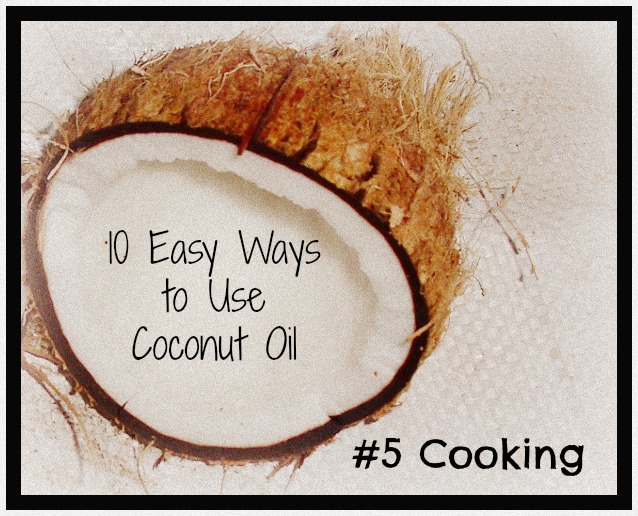
#5 Cooking with Coconut Oil {10 Easy Ways to Use Coconut Oil}
You’ll find cooking with coconut oil a surprisingly easy transition to make in your kitchen. The first step is to buy a jar of high quality extra virgin organic coconut oil and keep it on hand. It takes time to change over from the old toxic “vegetable oils” we all…
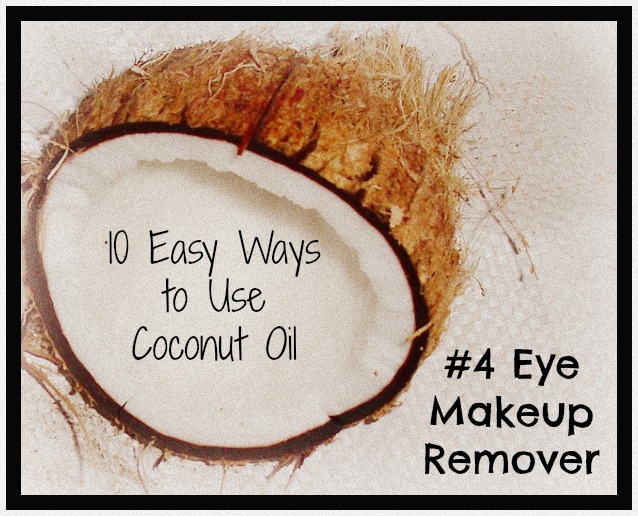
#4 Coconut Oil Eye Makeup Remover {10 Easy Ways to Use Coconut Oil}
Remember that thick white greasy eye makeup remover your mom used to use every night? Well, coconut oil eye makeup remover is nothing like that! . One of the biggest chores of my day is removing makeup. I hate it so much that many days I opt not to put…
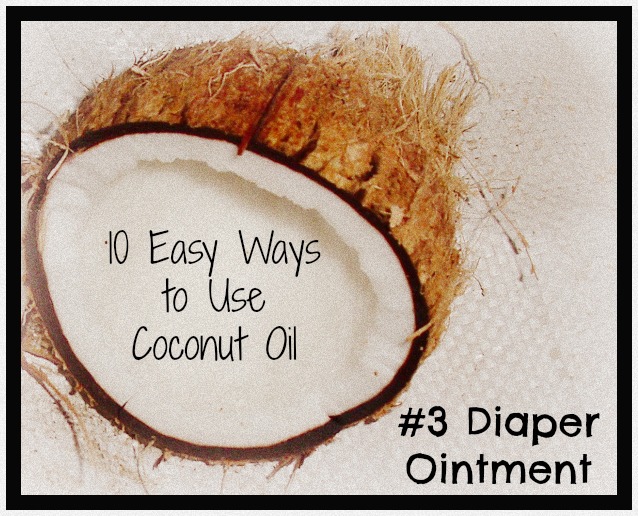
#3: Coconut Oil Diaper Ointment for Babies {10 Easy Ways to Use Coconut Oil}
You may be surprised to hear that coconut oil diaper ointment is a great non-toxic diaper cream substitute. It’s hard to find non-toxic diaper creams that work well and that you feel good about putting on your baby, but coconut oil does the trick. Best of all, if your baby eats…
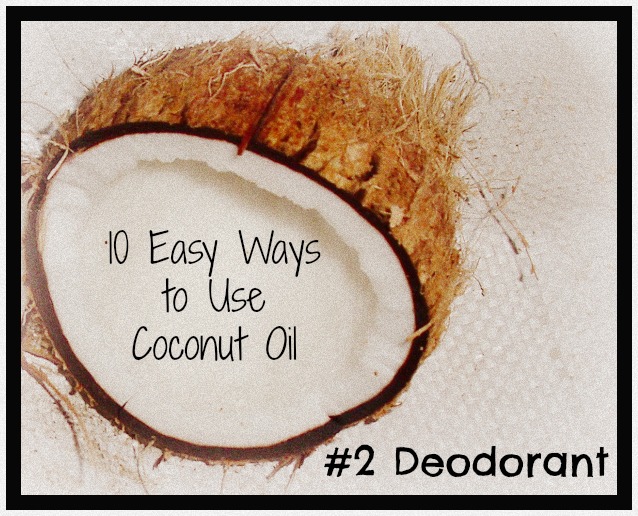
#2 – Coconut Oil Deodorant…it Really Works! {10 Easy Ways to Use Coconut Oil}
Coconut oil deodorant?!? Yes, you did read it correctly…you can use coconut oil in place of deodorant! I’ve heard mixed results about this, but it’s been working for me for about 7 months now. Summer’s fast approaching, so I’ll update this at some point and let you know if I’m…
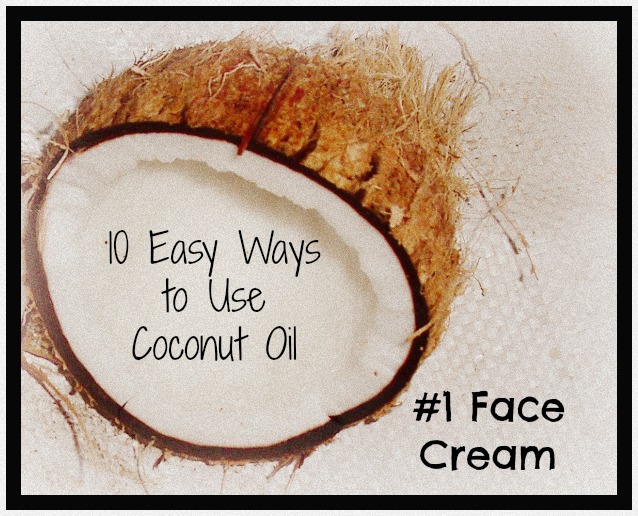
#1 – Coconut Oil Face Cream {10 Easy Ways to Use Coconut Oil}
Coconut oil face cream? Yup! Forget everything you’ve ever heard about oil clogging your pores and giving you zits…Not so with coconut oil as face cream. I liberally slather my coconut oil face cream on my face at night and wake up to a very noticeably softer, smoother, and more…
